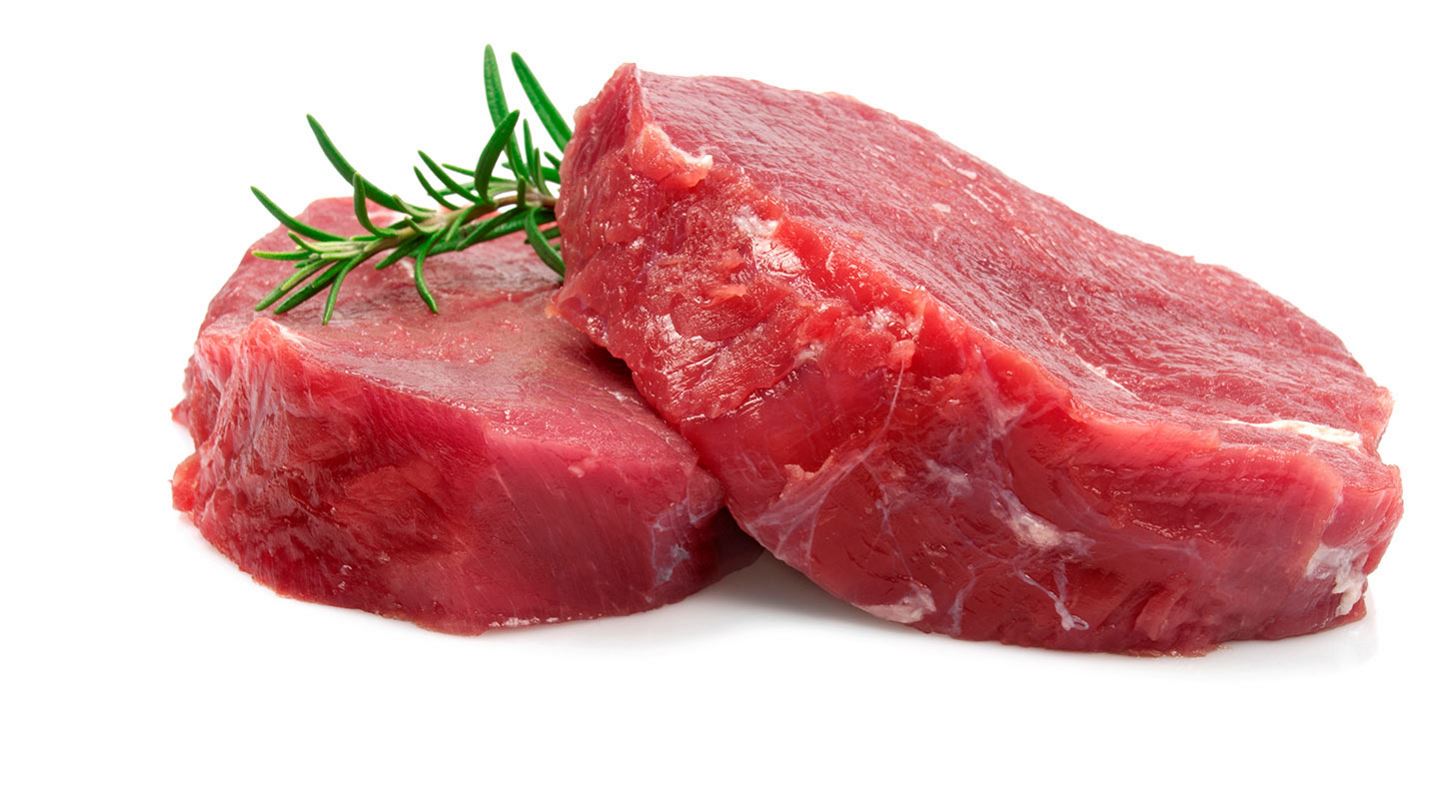
生鲜红肉
气调包装:一种有效延长肉类产品保质期的方法。
食品:牛肉、山羊肉、野兔肉、马肉、羊肉、猪肉、兔肉、小牛肉、鹿肉、野猪肉、其他食品
推荐的混合气体
70-80%O2
20-30%CO2
上面列出的气体和混合气体仅供一般指导使用。为了确定适合您的产品和工艺的气体配比,我们建议您在空气产品公司气调包装专家的帮助下进行产品试验。 如果您希望专家联系您讨论此事,请单击此处。
储存温度
法定最高限值*:8摄氏度
推荐温度:-1°C 至+ 2°C
可获得的保质期
在空气中:2-4 天
使用气调包装:5-8 天
主要腐败生物机制和机理
假单胞菌类(空气中)、环丝菌类、乳酸细菌、微球菌、肠杆菌科、酵母菌和霉菌。
引起食品中毒的危害包括
梭状芽胞杆菌类、沙门氏菌物类、金黄色葡萄球菌、芽孢杆菌类、单核细胞增生李斯特菌、大肠杆菌和大肠杆菌0157。对猪肉来说,耶尔森氏菌肠球菌是一种需要注意的细菌。
典型的气调包装设备
零售:
- TFFS–热成型-充填-密封
- PTLF–预制托盘和覆膜
典型包装类型
零售:托盘和包装膜
典型的气调包装材料示例
零售
托盘:
- PVC / PE
-
APET / PE
- EPS/EVOH/PE
封盖:
- PET / PVDC / PE
-
PET / PE-EVOH-PE
-
OPA / PE-EVOH-PE
- OPP / PE-EVOH-PE
影响生鲜红肉保质期的两个主要腐败机制是微生物的生长和红色氧合肌红蛋白色素的氧化。
当红肉在适当的冷却条件下保存时,对产品保质期的控制,影响的是红色的氧合肌红蛋白色素被氧化为绛红色的高铁肌红蛋白的速率。 因此,红肉的气调包装需要使用高浓度的氧气,以便在较长时间内保持理想的鲜红色。 鹿肉和野猪等色素含量较高的红肉需要更高的氧气浓度。
好氧腐败细菌,如假单胞菌这种在红肉中占优势的细菌,二氧化碳可以抑制其生长。 因此,为了达到保持红肉的红色色泽稳定性和抑制微生物生长的双重效果,建议使用含有 20-30%二氧化碳和 70-80%氧气的混合气体,这样可以将红肉的冷藏保质期从 2-4 天延长至 5-8 天甚至更长的时间。 建议的气体和产品比为2:1。 在屠宰、气调包装、分销和零售的过程中,使用推荐冷藏温度、保持良好的卫生以及操作,对于确保红肉产品的安全性和延长保质期也至关重要。
红肉是生长各种腐败和致食品中毒的微生物的理想培养基。 应当指出的是,生鲜红肉在食用前进行烹饪,充分加热足以杀死导致食品中毒细菌的营养细胞。 因此,通过正确的烹饪,可以极大地减少食品中毒的风险。